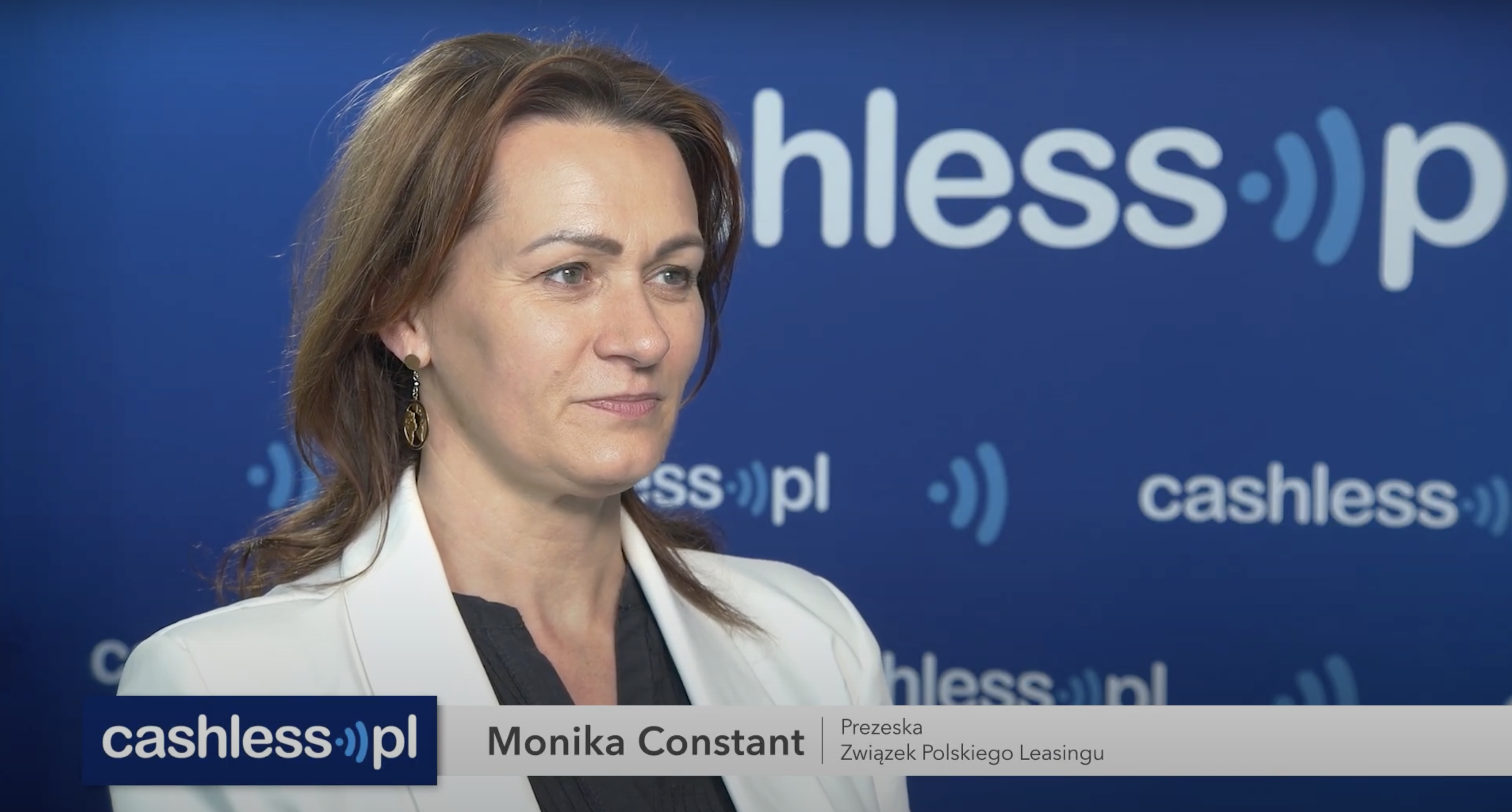The world of corporate financing is evolving rapidly. As regulatory frameworks adapt and customer expectations shift, companies across Europe are reimagining how they access and manage essential equipment. A growing number of firms are moving away from ownership—and even traditional leasing—toward flexible subscription-based models. This shift marks the beginning of a more agile, sustainable, and digital-first approach to financing.
A Legal Breakthrough: Remote Leasing Made Possible
At the European Financial Congress in Sopot, Monika Constant, President of the Polish Leasing Association, highlighted a game-changing development: a new regulatory amendment has passed through the Polish Parliament and is now awaiting presidential approval.
This reform paves the way for:
-
Remote contract signing without wet ink signatures;
-
Use of non-qualified digital signatures for lease agreements;
-
Full digitalization of the leasing process, from onboarding to activation.
The result? A more streamlined, customer-centric leasing experience that removes friction and accelerates time-to-asset access.
The Rise of Equipment-as-a-Service
Looking ahead to 2040, the leasing industry anticipates a complete transition to what we now call equipment-as-a-service. This is not just a trend—it’s a reflection of changing business priorities. Access, not ownership, is becoming the dominant paradigm.
Today’s business leaders want to:
-
Use assets on-demand, without committing to long-term ownership;
-
Avoid large capital expenditures and instead adopt operational flexibility;
-
Delegate asset management, insurance, and lifecycle responsibility to the provider.
Key Differences Between Leasing and Subscription Models
| Classic Leasing | Asset Subscription Model |
|---|---|
| Client typically buys the asset at end | Client pays for usage only—no ownership |
| User assumes full asset responsibility | Provider handles maintenance and lifecycle |
| Fixed contractual terms | Flexible plans with upgrade opportunities |
This model empowers businesses to focus on what they do best—while accessing the tools they need with minimal friction and predictable costs.
Sustainability at the Core: Managing Eco-Assets Responsibly
In a subscription-based setup, the provider retains ownership, which opens the door to more sustainable and circular asset management. Providers are incentivized to:
-
Extend the life of assets through refurbishment and reuse;
-
Collaborate more closely with manufacturers, service providers, and insurers;
-
Reduce waste and carbon footprint across the asset lifecycle.
This approach supports a broader ESG agenda and aligns with the expectations of environmentally conscious businesses and investors.
WeSub: Powering the Subscription Economy for Business
At WeSub, we enable manufacturers, leasing companies, and distributors to launch and scale their own subscription-based business models. Our platform offers:
-
Seamless automation of subscription flows, powered by tools like RentPay;
-
Integration with leading ERP and CRM systems;
-
Real-time asset tracking and billing transparency;
-
Complete support for recurring revenue streams and flexible contract structures.
Whether you’re offering hardware, vehicles, or industrial equipment, WeSub equips you to meet your clients’ needs—digitally, efficiently, and sustainably.
Why Subscriptions Make Business Sense
The subscription model brings clear benefits to B2B providers:
-
Predictable cash flow through recurring billing;
-
Faster time to market and improved customer retention;
-
Operational agility through scalable asset utilization;
-
Lower risk and higher control over asset deployment and returns;
-
Stronger alignment with ESG goals via responsible lifecycle management.
The Future of Leasing Is Subscription-First
What was once viewed as a radical shift is now becoming standard. Business asset subscription models are redefining how organizations think about ownership, financing, and efficiency. Companies that embrace this shift early will gain a measurable competitive advantage—in both growth and sustainability.






